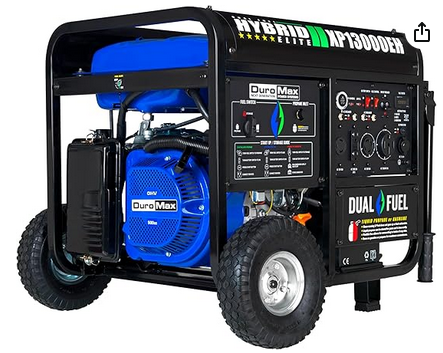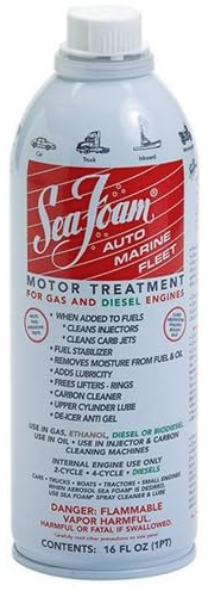
When I last tried to test my generator backup I ran into some unexpected problems. It was a good reminder to test backup systems in as close to real-world conditions as possible. I was quite concerned that I really didn’t have the viable backup solution I thought I did. That made me extra cautions about how much I charged the car because I didn’t want to drain the house batteries with no way to recover except waiting for a sunny day. Living without electricity is no fun, especially because it means my email server won’t run and our refrigerator/freezer won’t keep our food safe.
Alas, in addition to being too busy to devote much time to the generator problem, it has just been too damned sunny. (Whine, whine, whine.) The weather has been nothing short of perfect, with a lot of sun almost every day, and the car and house batteries have been fully charged almost all the time. There’s no real way to test the generator without an actual, serious load to stress it.
We finally had a cloudy, rainy, overcast day and we’d done significant driving so both the car and house batteries needed charging. A good and wise friend had recommended Sea Foam additive for the generator, so I put ⅓ of a can in the gas tank.

When the electricians were here wiring the house — the same folks that installed the solar plant — I had asked them for ideas about why the backup was flaky and they suggested increasing the “ramp time,” the delay while the inverter gradually increases the load on the generator.
On completely off-grid systems using this inverter, it is recommended to connect the backup generator to the inverter using the “grid” connectors (where you’d connect to utility power if you had it) instead of the “generator” connectors. I’m not sure why, but one side effect is that the inverter is configured by default to not charge the batteries from the grid unless the batteries are really low. So I realized that I had to re-configure that as well.
I fired up the generator. First good news is that the starting battery worked, and the generator started right away. I let it run a while to give the Sea Foam a chance to work, though it uses very little gas when there is no load. I switched on the breaker to connect the generator to the inverter, and at first it had the same problems I’d had before: the inverter would start using generator power, then suddenly stop and run purely from batteries for a while, then try again. I was monitoring the generator voltage and frequency and they were always within spec, but I suspect the generator is running a bit rough when loaded and the total harmonic distortion of the output is higher than what the inverter is willing to accept.
I just let it run like that for a while, with the generator working some of the time but then getting disconnected. Eventually, everything seemed to settle down, the generator started running more smoothly, and the inverter used the full power that I had told it to get from the generator (around 5kw, about half the gennie’s actual capacity). I let it run for a couple of hours to be sure it was really stable.
I hadn’t realized how much I was stressed by knowing that I didn’t have usable backup if I used too much power and then had a string of days with miserable weather. In reality, it seems that the system has sufficient capacity that I’ll probably never actually need to use the backup, but I was worried that I haven’t yet gone through the worst of what the island weather has to offer. After all, we’re still a few months from hurricane season. As it is, though, I now know that I can fall back to dirty, smelly, expensive, polluting gasoline if I ever truly need to.
—2p